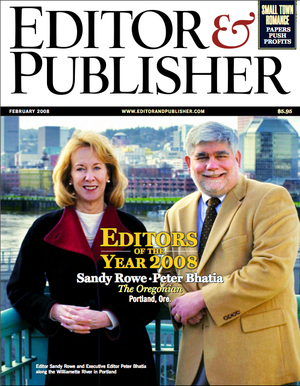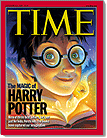Primary, secondary, popular, scholarly, trade - what do these labels mean? And which of these are the most appropriate for your research? Each type of source serves a unique purpose and could be useful for your research question.
Primary and secondary are broad categories of sources. Primary sources provide a first-hand account of an event or time period and are considered to be authoritative. Secondary sources involve analysis, synthesis, interpretation, or evaluation of primary sources. Watch this brief video for more.
Identifying additional types of articles involves analysis of the article's content and as well gaining more awareness about the publication and author. The chart below is meant to help you in this process; however, any one criteria by itself may not indicate that an article is scholarly, etc.
Click ahead to the page, "Accessing and Using Research Tools" to learn how to find these sources.
| |
 
Scholarly Journals
|
 
Trade / Professional Magazines
|

Popular Magazines
|
| Length |
Longer articles (often 10+ pages), providing in-depth analysis |
Mid-length articles (often 2-8 pages), providing practical guidance |
Shorter articles (often <1-5 pages), providing broader overviews |
| Author |
An expert or specialist in the field (often a professor), name and credentials always provided |
Usually someone working in the field, with hands-on experience; some staff writers |
Usually a staff writer or a journalist, name and credentials often not provided |
| Language |
Professional language, jargon, theoretical terms |
Some jargon and technical terms |
Non-technical language |
| Likely Audience |
Scholarly readers (professors, researchers or students) |
Other people working in the industry |
Anyone |
| Advertisements |
Few or none |
Some -- products to sell to practitioners in that industry |
Many -- products for the general public |
| Format/Structure |
Usually structured, with likely sections: abstract, literature review, methodology, results, conclusion, bibliography |
Sometimes has sub-sections for organization |
No specific format or structure |
| Special Features |
Illustrations that support the text, such as tables of statistics, graphs, maps, or photographs |
Some illustrations; practical guidelines, best practices, lesson plans, how-to, or other hands-on direction |
Glossy/color illustrations or graphics, usually for advertising purposes |
| Editors |
Reviewed and critically evaluated by several editors. Often refereed or peer-reviewed by experts in the field. |
Editorial board of other practitioners or professionals in the field, but no external peer review |
Not evaluated by experts in the field, but by editors or other journalists on staff |
| Credits |
Bibliography (works cited) and/or footnotes are always present to document research |
Usually no formal bibliography, although references to other research are often mentioned in-text |
No bibliography, although references to other research are sometimes mentioned in-text |
Chart reused with permission from University of Wisconsin Whitewater's Andersen Library.